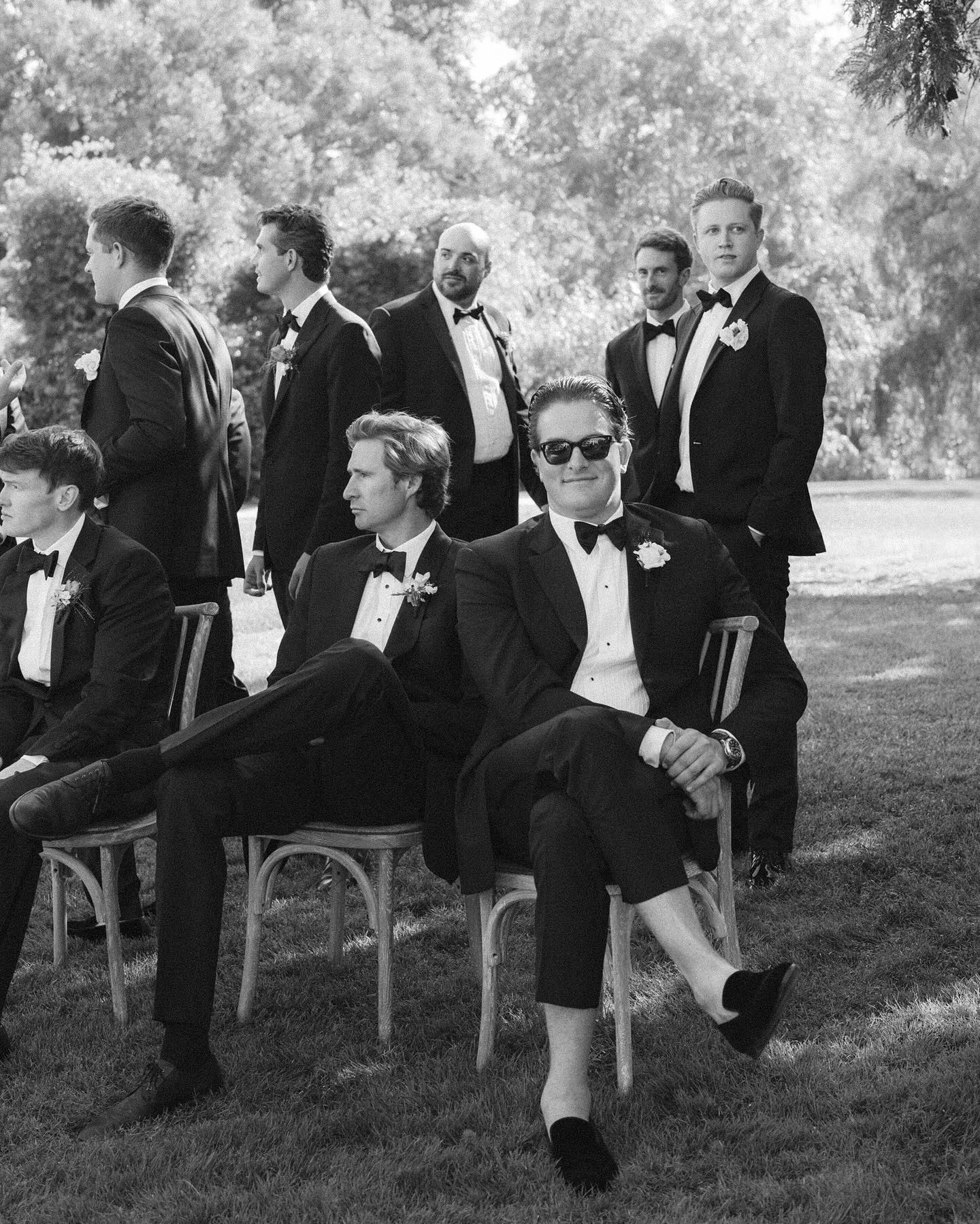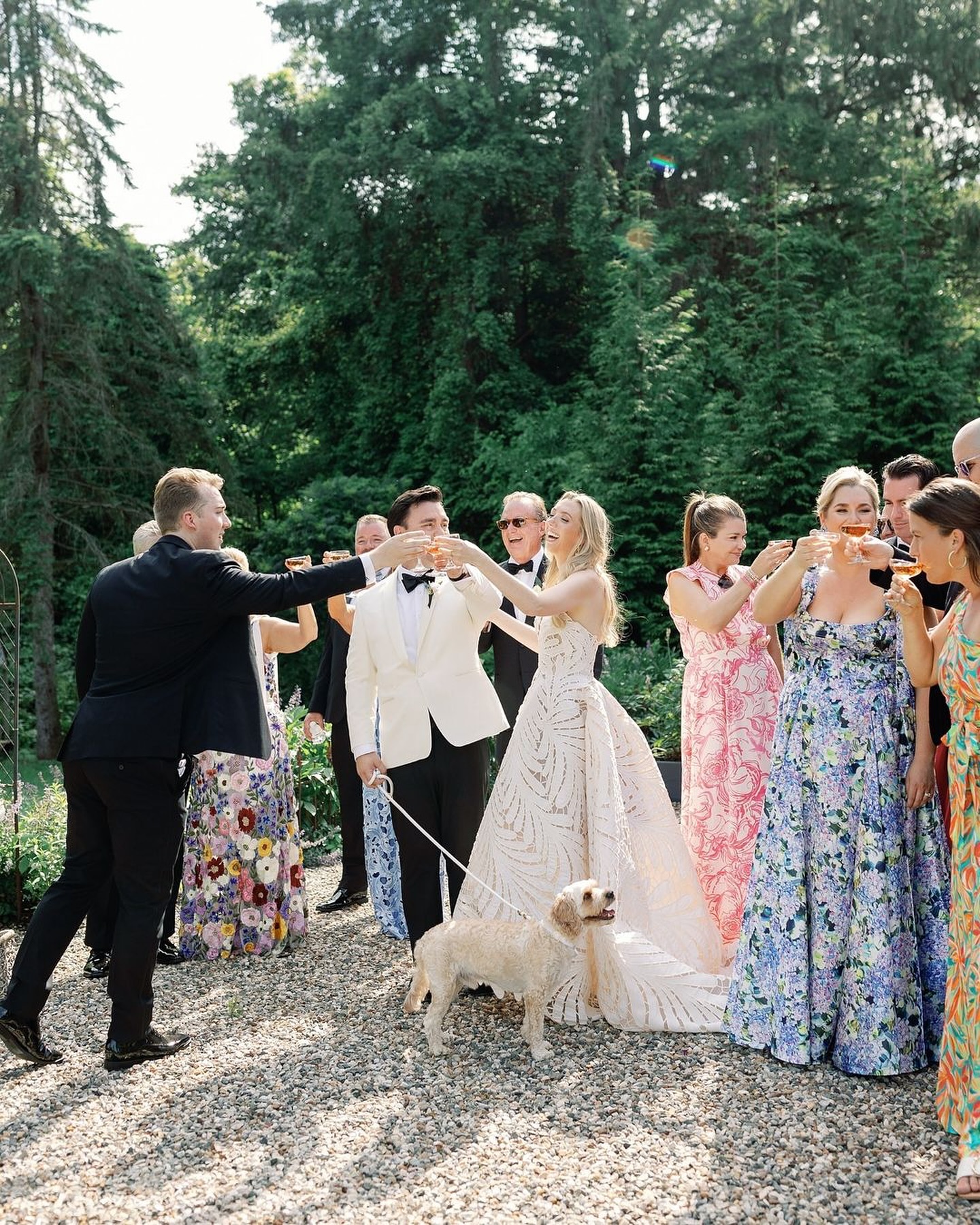Everything to Know About Mormon Wedding Traditions
- Author: Natali Grace Levine
- Reading time: 11 min 34 sec
- Publication date: 10/27/2024
- Updated: 08/15/2025
Mormon weddings, especially those held in a temple, are deeply rooted in sacred traditions that emphasize spirituality, commitment, and eternal unity. While some aspects may be familiar to those outside of the faith, others are unique to the practices of The Church of Jesus Christ of Latter-day Saints (LDS). Here, we take a detailed look at the history, customs, and frequently asked questions surrounding Mormon weddings.

Mormon Wedding History
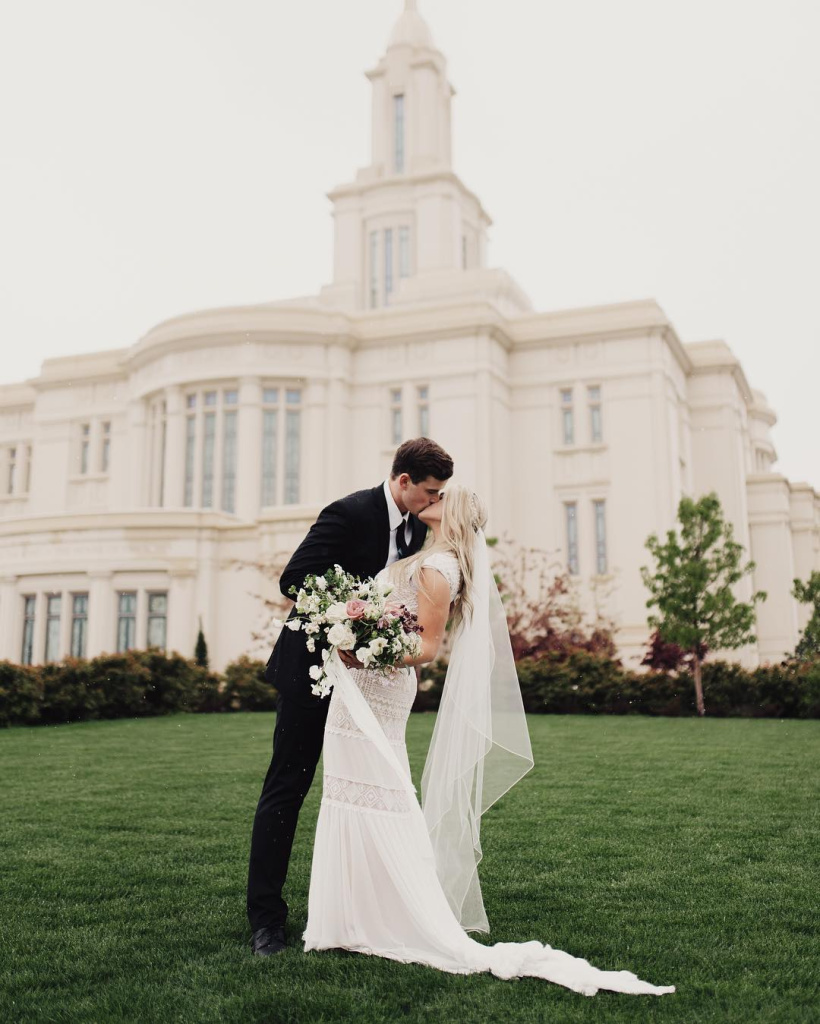
The history of Mormon weddings is inseparable from the development of The Church of Jesus Christ of Latter-day Saints and its foundational teachings on eternal marriage. From the early days of the church in the 1830s to the present, the concept of marriage has always been central to Mormon beliefs.
Early Practices
Mormon wedding traditions began to take shape shortly after the church was founded in 1830 by Joseph Smith. During this early period, the church taught that marriage was an essential part of God’s plan for humanity. However, it wasn’t until the church began constructing temples in the 1830s and 1840s that the concept of eternal marriage—marriages sealed not only for this life but for eternity—was formally introduced. The first temple was built in Kirtland, Ohio, in 1836, but it wasn’t until the Nauvoo Temple in Illinois (completed in 1846) that temple sealings as we know them today became a widespread practice among Mormons.
Polygamy and Marriage
In the 19th century, another unique aspect of early Mormon marriage practices emerged: polygamy. For a time, some members of the church practiced plural marriage, believing it was a divine commandment. This practice was controversial both within and outside the church, eventually leading to significant persecution. By 1890, the church officially ended the practice of polygamy, a shift that helped to shape modern Mormon wedding practices and align them more closely with contemporary social norms.
Modern Mormon Weddings
Today, Mormon weddings are centered on the belief that marriage is eternal and that families can be together forever. The temple sealing ceremony, introduced in the church’s early years, continues to be the highest and most sacred form of marriage in the LDS faith. However, changes over time have also made it more inclusive, with couples often holding non-temple ceremonies or receptions to include family members and friends who may not be able to attend the temple wedding.
The Global Spread of Mormon Temples
As the church has expanded globally, so too has the number of temples where sealings can take place. From the Americas to Europe, Asia, and Africa, Mormon temples now dot the globe, allowing members from diverse backgrounds to participate in this sacred ordinance.
The Importance of Mormon Temple Weddings
Mormon temple weddings, or sealings, are a defining element of Mormon wedding traditions. They represent the couple's spiritual commitment not only to each other but also to God. The primary belief behind a temple wedding is that the union will last beyond this life and continue into the afterlife, reinforcing the LDS doctrine of eternal families.
Sealing ceremonies take place in one of the church’s many temples, which are distinct from regular meetinghouses. Temples are considered the most sacred buildings in the LDS faith, and only church members who have demonstrated a certain level of spiritual worthiness are permitted to enter. For the couple, getting married in the temple is the ultimate goal—a symbol of their devotion to one another and their faith.
A temple wedding is seen as more than just a marriage; it is a covenant with God that the couple will strive to live according to His commandments throughout their lives. The importance of this covenant is why so much emphasis is placed on preparation, spiritual readiness, and the sanctity of the temple itself.
Pre-Wedding Mormon Rituals
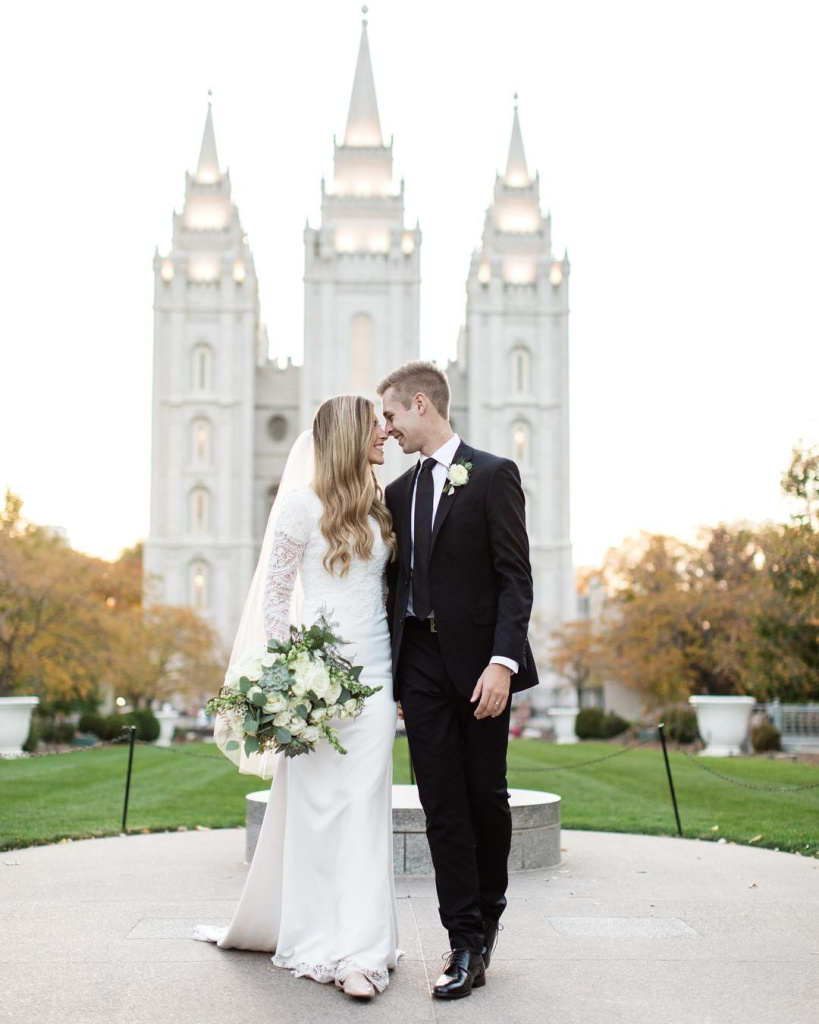
Before the sacred temple ceremony, Mormon couples engage in a number of meaningful pre-wedding rituals that focus on spiritual preparation and commitment to their faith. These rituals are designed to ensure that the couple is fully prepared—both mentally and spiritually—for the solemn covenant they will make in the temple. This preparation period is viewed as an essential part of the wedding process, emphasizing the religious significance of marriage in the LDS faith.
Worthiness Interviews
One of the most important steps in the pre-wedding process is the worthiness interview. This is a private meeting between the couple and their local church leaders, typically a bishop or stake president. The purpose of this interview is to assess the couple's spiritual readiness for marriage in the temple. During this discussion, the bishop or stake president asks a series of questions related to the couple's faithfulness, adherence to church teachings, and overall spiritual health.
The questions focus on several core principles of the LDS Church, including regular church attendance, observance of the Word of Wisdom (the church's health code prohibiting alcohol, tobacco, and certain substances), financial contributions to the church through tithing, and adherence to the law of chastity (maintaining sexual purity before marriage). The couple must also demonstrate a deep commitment to their faith and show that they are living in harmony with the church’s teachings. Both individuals are interviewed separately, and once they pass, they are granted permission to marry in the temple.
Temple Recommends
Following a successful worthiness interview, the couple receives what is known as a temple recommend. This small, official card is a physical representation of their spiritual worthiness and gives them permission to enter the temple. Temple recommends are not just for weddings—they are required for any member wishing to participate in ordinances or ceremonies inside a Mormon temple. They must be renewed regularly, usually every two years, ensuring that members remain spiritually aligned with the church.
For couples preparing for their wedding, the temple recommend is a significant milestone, signaling that they are ready for the sealing ceremony. The process of obtaining this recommend encourages the couple to take stock of their spiritual lives and make sure they are entering their marriage with the right intentions.
Pre-Marital Counseling
In addition to the worthiness interviews and temple recommend process, many couples also engage in pre-marital counseling with their bishop. This counseling is designed to help the couple understand the sacred nature of marriage and prepare them for the challenges that may lie ahead. Topics often discussed include communication, conflict resolution, financial planning, and building a strong spiritual foundation as a couple.
The goal of pre-marital counseling is to help couples enter their marriage with realistic expectations and the tools to strengthen their relationship. While the spiritual aspect of marriage is paramount, the church also emphasizes the importance of emotional and practical readiness, ensuring that couples are fully prepared for the journey ahead.
Keeping the Focus on Spiritual Preparation
Unlike some other wedding traditions, the pre-wedding phase for Mormon couples is less about the logistical details of the wedding day and more about spiritual preparation. While planning a reception or choosing attire is certainly important, the primary focus remains on ensuring that the couple is worthy to enter the temple and prepared to make eternal commitments.
During this time, couples often spend more time in prayer, scripture study, and attending church services to deepen their spiritual connection and prepare for the sacredness of the sealing ceremony. Some couples may also fast (abstain from food and drink for a set period) as part of their spiritual preparation, seeking divine guidance and blessings for their upcoming marriage.
Mormon Wedding Attire
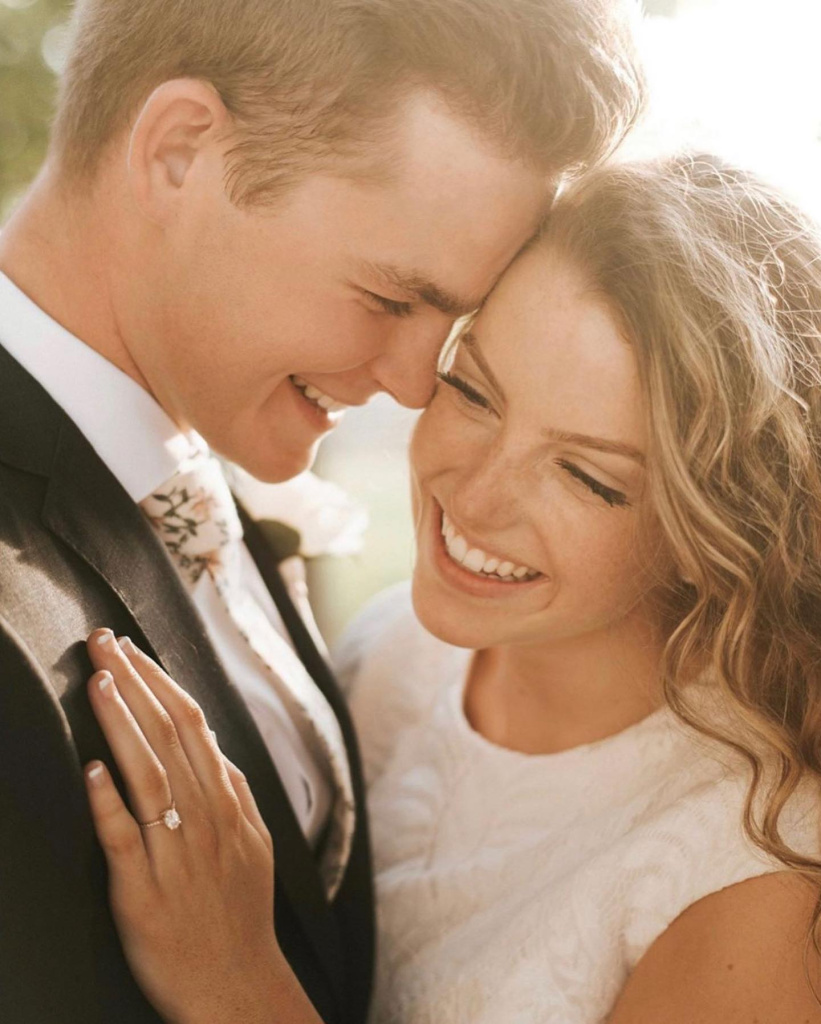
When it comes to Mormon wedding attire, modesty, purity, and reverence are key considerations for both the bride and groom. For members of The Church of Jesus Christ of Latter-day Saints, clothing worn during a temple wedding reflects their values and the sacredness of the occasion. While fashion trends may influence style choices, Mormon wedding attire is rooted in religious symbolism and modesty, ensuring that the couple's focus remains on the spiritual significance of the ceremony.
Bride’s Attire
For LDS brides, the wedding gown is much more than a beautiful dress—it's a symbol of purity and commitment. Brides marrying in the temple wear a white gown that represents purity, spiritual cleanliness, and a fresh start as they enter this new stage of life. The white gown is also a visual representation of the bride’s worthiness and readiness to enter into the temple's sacred ordinances.
Temple Dress Guidelines
Temple wedding dresses must meet specific standards of modesty set by the church. These guidelines ensure that the gown reflects the solemnity of the temple environment. Some key requirements include:
- Shoulder Coverage: Temple wedding gowns must cover the shoulders. Dresses with sleeves are preferred, but sleeveless or strapless gowns can be modified by adding a bolero or jacket for the temple ceremony.
- Modest Neckline: Low-cut or plunging necklines are not permitted. The neckline of the gown should be high enough to maintain modesty.
- No Backless Designs: Dresses with exposed backs are not allowed in temple ceremonies. The back of the dress should be fully covered.
- Long Hemline: While brides may choose different styles of gowns, most temple wedding dresses feature a floor-length hemline. Tea-length dresses are generally discouraged for temple ceremonies.
Changing the Dress for the Reception
In many cases, brides may opt for two different dresses—one for the temple ceremony and another for the wedding reception. The temple dress follows the strict guidelines, while the reception gown may allow for a bit more creativity, though modesty is still a priority. Some brides may choose to make small modifications, such as removing a bolero or adding accessories for the reception, while others may completely change into a new dress.
Groom’s Attire
For the groom, wedding attire in the temple also emphasizes purity and modesty. Unlike brides, who often have multiple options and styles, the dress code for grooms is much more straightforward.
Temple Ceremony Attire
Inside the temple, the groom is required to wear a white suit. White is symbolic of purity, unity, and the sacred nature of the marriage covenant. The groom’s white suit typically includes:
- A white dress shirt
- A white tie
- White pants and jacket
- White shoes
The uniformity of the groom’s attire ensures that the focus remains on the spiritual aspect of the ceremony rather than on personal style. The white suit is specifically for the temple portion of the wedding and aligns with the LDS belief in the symbolism of purity and sanctity.
Reception Attire
Similar to the bride, the groom may change his attire for the wedding reception. Outside of the temple, the groom often wears a more traditional suit or tuxedo, depending on the formality of the reception. Many grooms opt for dark suits in black, navy, or gray, though they may still wear a white dress shirt and tie to reflect the significance of the day. Regardless of the suit's color, modesty and elegance remain important.
Temple Garments
One aspect of Mormon wedding attire that is unique to LDS weddings is the temple garment. After receiving the endowment in the temple (an ordinance prior to the wedding), Mormons begin wearing special undergarments known as temple garments. These garments serve as a reminder of the covenants made in the temple and are considered sacred. Both the bride and groom wear temple garments underneath their wedding attire, including during the sealing ceremony.
For brides, this means that their wedding dress must be designed in a way that accommodates the temple garment. This is why temple wedding gowns tend to have higher necklines and longer sleeves, ensuring that the garments are not exposed.
Mormon Wedding Ceremony Traditions
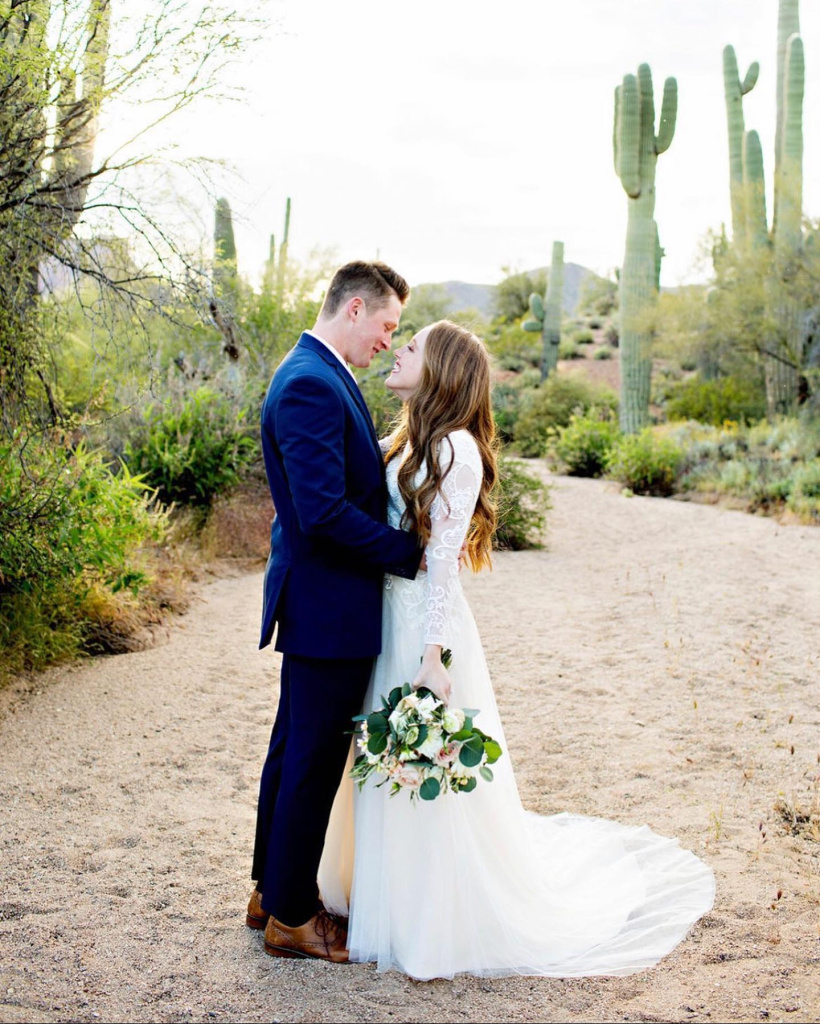
The wedding ceremony in The Church of Jesus Christ of Latter-day Saints (LDS), often called a "sealing ceremony," is unique in both its setting and spiritual focus. This sacred event takes place inside a temple and is considered the most important part of a Mormon wedding, emphasizing the eternal nature of marriage. Unlike many traditional weddings, the temple ceremony is a quiet, reverent occasion, with a focus on spirituality rather than elaborate decorations, music, or large gatherings.
The Sealing Ceremony
At the heart of a Mormon wedding is the sealing ceremony, which symbolizes not only the couple’s union in this life but also their bond for eternity. The ceremony is conducted in a small, dedicated room within the temple, known as the sealing room. Here, the bride and groom kneel at a special altar as an officiant, called a sealer, presides over the ceremony.
The ceremony itself is relatively brief, lasting around 20 to 30 minutes. There are no lengthy speeches, musical performances, or personal vows—everything is centered on the eternal nature of the couple’s commitment to each other and to God. The sealer speaks about the sanctity of marriage and the eternal bond that is being formed, often offering personal counsel to the couple based on their spiritual journey. The couple then makes solemn covenants to each other and to God, signifying their intention to live according to the teachings of the LDS Church.
Witnesses and Guests
The sealing ceremony is generally limited to close family members and friends who hold a current temple recommend. These guests must also adhere to the same spiritual worthiness standards required of the couple, ensuring that everyone present shares in the sacred atmosphere of the temple. This means that the ceremony is often smaller and more intimate compared to typical wedding services, which can sometimes pose challenges for couples whose family members or friends are not members of the church or do not have a temple recommend.
For those unable to attend, many couples arrange a separate ring ceremony or a gathering outside the temple to include all loved ones. This helps bridge the gap for family members who may feel left out of the temple proceedings.
No Photography Inside the Temple
One key distinction of a Mormon temple wedding is the absence of photography or videography during the ceremony. The sacred nature of the sealing room and the ordinances performed there means that photography is not allowed inside the temple. However, couples often take photos outside the temple grounds after the ceremony, where beautifully landscaped gardens and iconic temple architecture serve as the backdrop for family portraits and wedding memories.
Mormon Wedding Reception Traditions
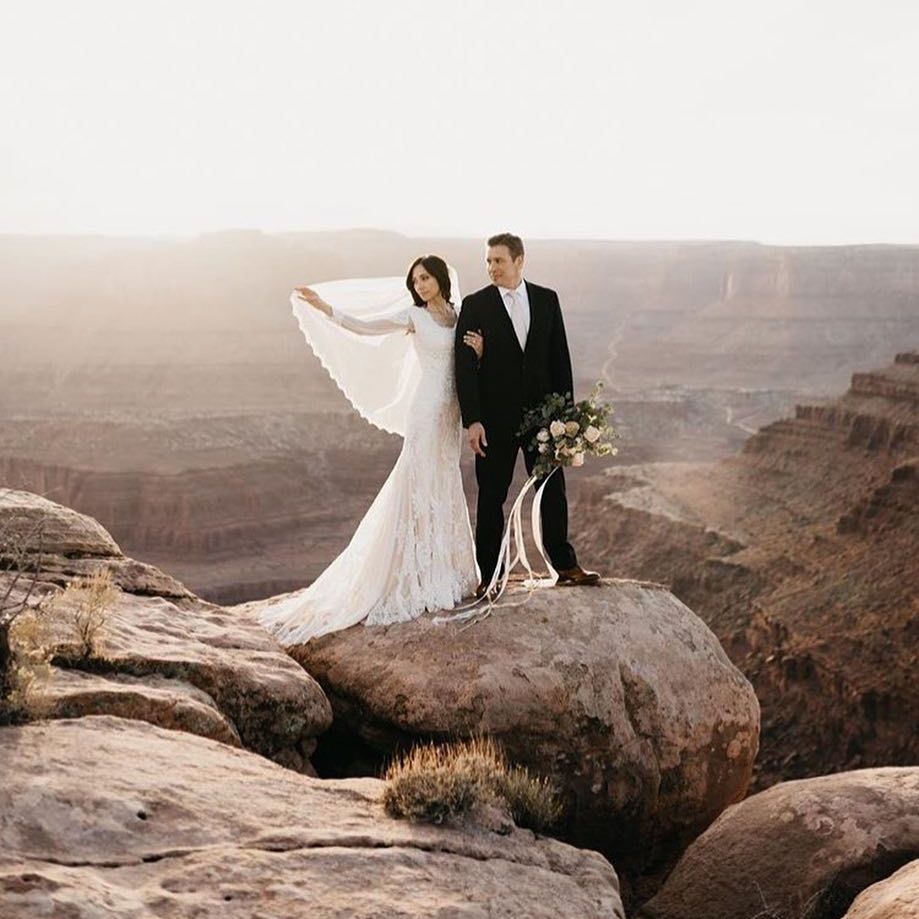
Although the temple ceremony itself is private and solemn, the wedding reception that follows is a lively and joyful celebration of the couple's new life together. Mormon wedding receptions blend traditional wedding customs with the church's values of family, community, and wholesome entertainment. These gatherings often reflect the personalities of the couple, incorporating both cultural and religious elements into the festivities.
A Family-Oriented Celebration
In the spirit of togetherness, Mormon wedding receptions are typically family-friendly events. Held in locations such as church cultural halls, reception centers, family homes, or rented venues, the receptions are open to a wider circle of friends, family members, and community members. The atmosphere is warm and welcoming, with a strong focus on creating lasting memories.
Ring Ceremony for Non-Temple Attendees
For couples who wish to include friends and family members who were unable to attend the temple sealing, it is common to hold a symbolic ring exchange or ceremony during the reception. While the sealing ceremony in the temple is the official and sacred wedding, this ring exchange offers a way for the couple to publicly celebrate their marriage with those who couldn’t be present inside the temple. The couple may exchange rings and say a few words, often reflecting on the importance of their relationship and the support of their loved ones.
This helps bridge the gap for non-LDS attendees or those without a temple recommend, ensuring that everyone can participate in the day’s joy, even if they were not able to witness the actual temple ceremony.
Dancing, Music, and Entertainment
Mormon wedding receptions often include dancing, a time-honored tradition that brings everyone together. Couples may opt for a first dance, father-daughter dance, or even fun group dances. The music at these events is typically family-friendly and avoids explicit content, focusing instead on uplifting or popular tunes that can be enjoyed by all generations.
Entertainment at Mormon receptions can also include interactive games, trivia about the couple, or even performances by talented friends or family members. Since the reception is alcohol-free, couples often get creative with other ways to keep the energy up, such as organized activities, photo booths, or group dances.
Food and Cake
While alcohol is typically not served in line with LDS beliefs, there is no shortage of food and treats at Mormon wedding receptions. Buffets, dessert bars, and family-style meals are all common, allowing guests to enjoy a variety of dishes that fit the couple’s tastes and cultural backgrounds. Wedding cakes remain a highlight, with couples often having multi-tiered cakes for cutting and smaller desserts for guests to enjoy.

In some cases, couples may choose to have a more casual, potluck-style meal where family and friends contribute dishes, fostering a sense of community and shared celebration. This practice is especially popular in tight-knit LDS communities, where guests are happy to help with the preparations.
Speeches and Tributes
Mormon wedding receptions usually include heartfelt speeches from family members, close friends, or church leaders who know the couple well. These tributes offer an opportunity to reflect on the couple’s journey, offer blessings for their future, and share personal anecdotes that highlight the values they bring into their marriage. While these speeches may be emotional, they are also often filled with humor and good-natured stories, adding to the celebratory atmosphere.












